So how has everyone fared with winter heating this year?
orchiddude
16 years ago
Related Stories
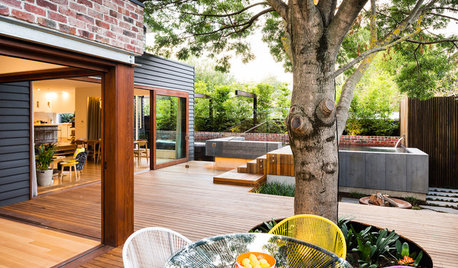
INSPIRING GARDENSA Melbourne Backyard Entices Everyone Outside
Music lovers add a pool, pizza oven and fire pit for a yard that’s a big hit with the whole family
Full Story
WORLD OF DESIGNEngland’s Most Famous Garden Designer Has These Tips for You
Lancelot 'Capability Brown' was born 300 years ago, but his ideas about naturalistic landscape design may be more relevant than ever
Full Story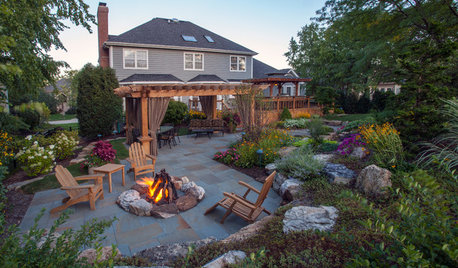
GARDENING AND LANDSCAPING3 Ways to Bring the Heat to Outdoor Living Spaces
Here’s what to know about surviving winter’s bite with an outdoor fireplace, fire pit or heat lamp
Full Story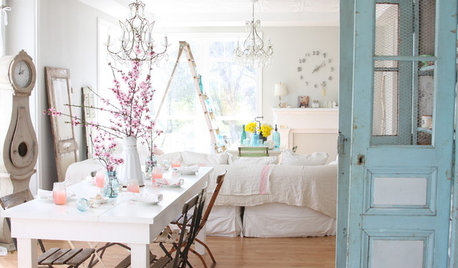
COLORS OF THE YEARPantone Has Spoken: Rosy and Serene Are In for 2016
For the first time, the company chooses two hues as co-colors of the year
Full Story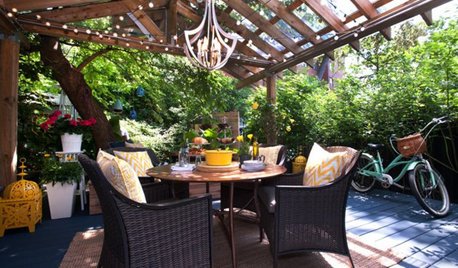
PATIO OF THE WEEKYear-Round Gazebo Glory in Toronto
Lilacs in spring, snuggly blankets in winter. With weatherproof panels and seats aplenty, this gazebo is guest ready all year long
Full Story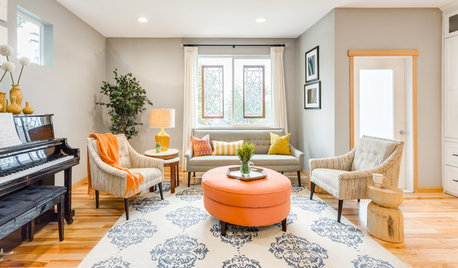
DECORATING GUIDESRoom of the Day: Something for Everyone in a Seattle Family Room
Family members downsize to a home that will shorten their commutes and give them more time together — much of it spent in this room
Full Story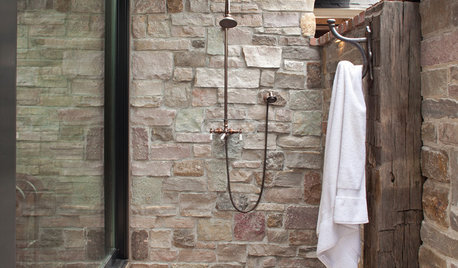
GARDENING AND LANDSCAPING28 Outdoor Projects Everyone Should Know About
Learn how to refinish your wood deck, make a garden fountain, add a shed and more
Full Story
LIFEHouzz Call: What Has Mom Taught You About Making a Home?
Whether your mother taught you to cook and clean or how to order takeout and let messes be, we'd like to hear about it
Full Story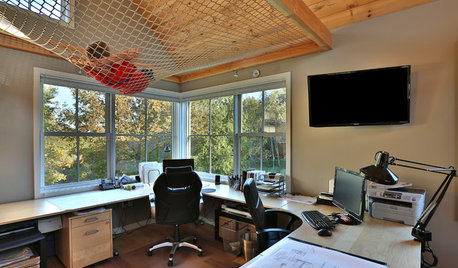
BACKYARD STUDIOSSee Why This Architect's Office Has a Built-In Safety Net
A Maine backyard studio gets high marks for energy efficiency, and its safety-net hangout adds low-tech fun
Full Story
FALL GARDENINGReflecting on a Gardening Year
Mistakes and successes, surprises and comforts. The garden helps us grow in new ways every year
Full StoryMore Discussions







rosepedal
stressbaby
Related Professionals
Fort Lee Landscape Architects & Landscape Designers · Port Royal Landscape Architects & Landscape Designers · Edmond Landscape Contractors · Athens Landscape Contractors · Belmont Landscape Contractors · Commack Landscape Contractors · Elkridge Landscape Contractors · Emmaus Landscape Contractors · Forest Hills Landscape Contractors · Hawaii Landscape Contractors · Middleton Landscape Contractors · National City Landscape Contractors · Seven Hills Landscape Contractors · Tyngsboro Landscape Contractors · Phoenix Solar Energy Systemsmudhouse_gw
conifers
imqtpi
garyfla_gw
ohiojay
orchiddudeOriginal Author
birdwidow
krayers
ohiojay
wolflover
C Schaffner
conifers
birdwidow
orchiddudeOriginal Author
ohiojay
conifers
birdwidow
orchiddudeOriginal Author
ohiojay
birdwidow
stressbaby
birdwidow
sandy0225
conifers
birdwidow
stressbaby
orchiddudeOriginal Author
tsmith2579
birdwidow
Datdog
saatuk